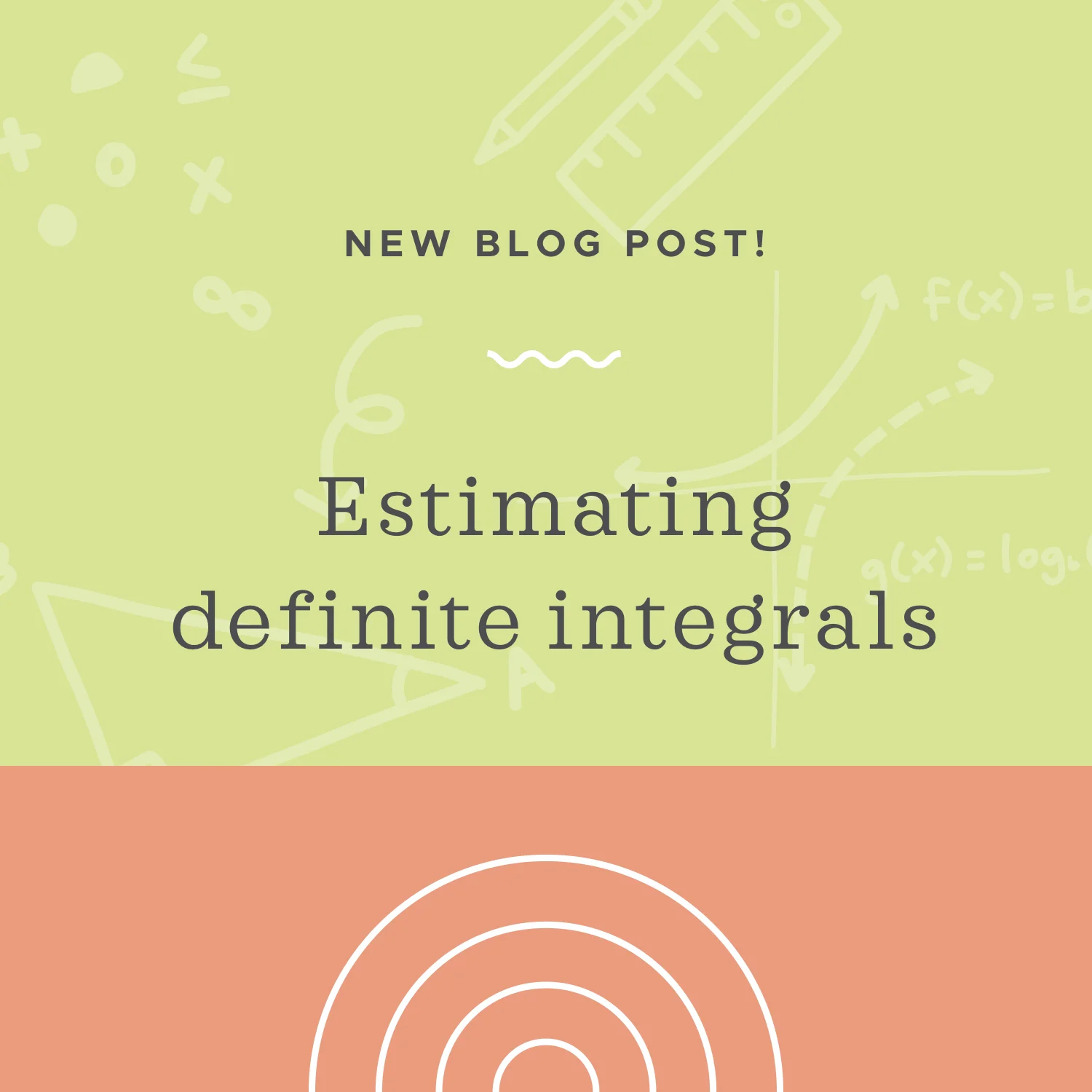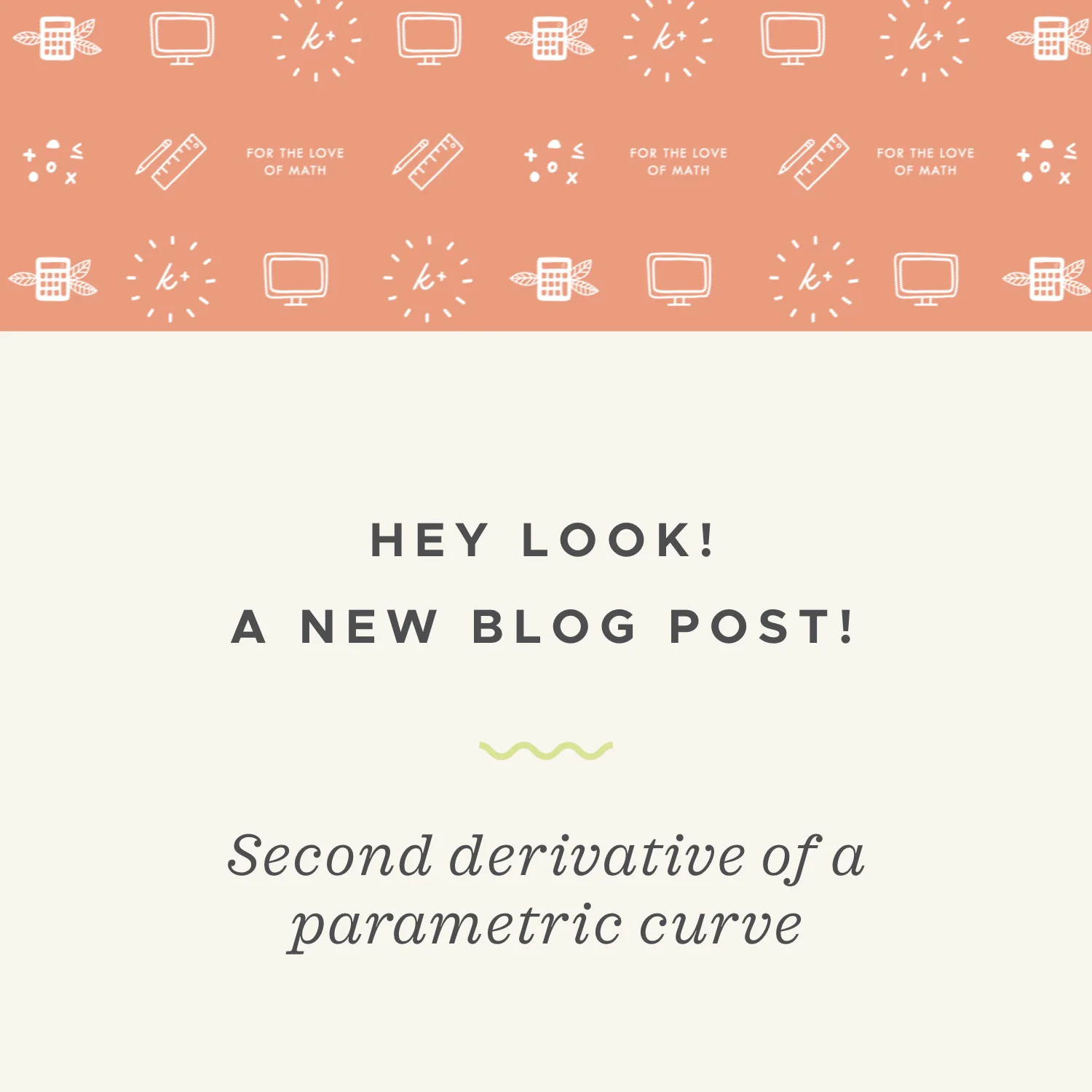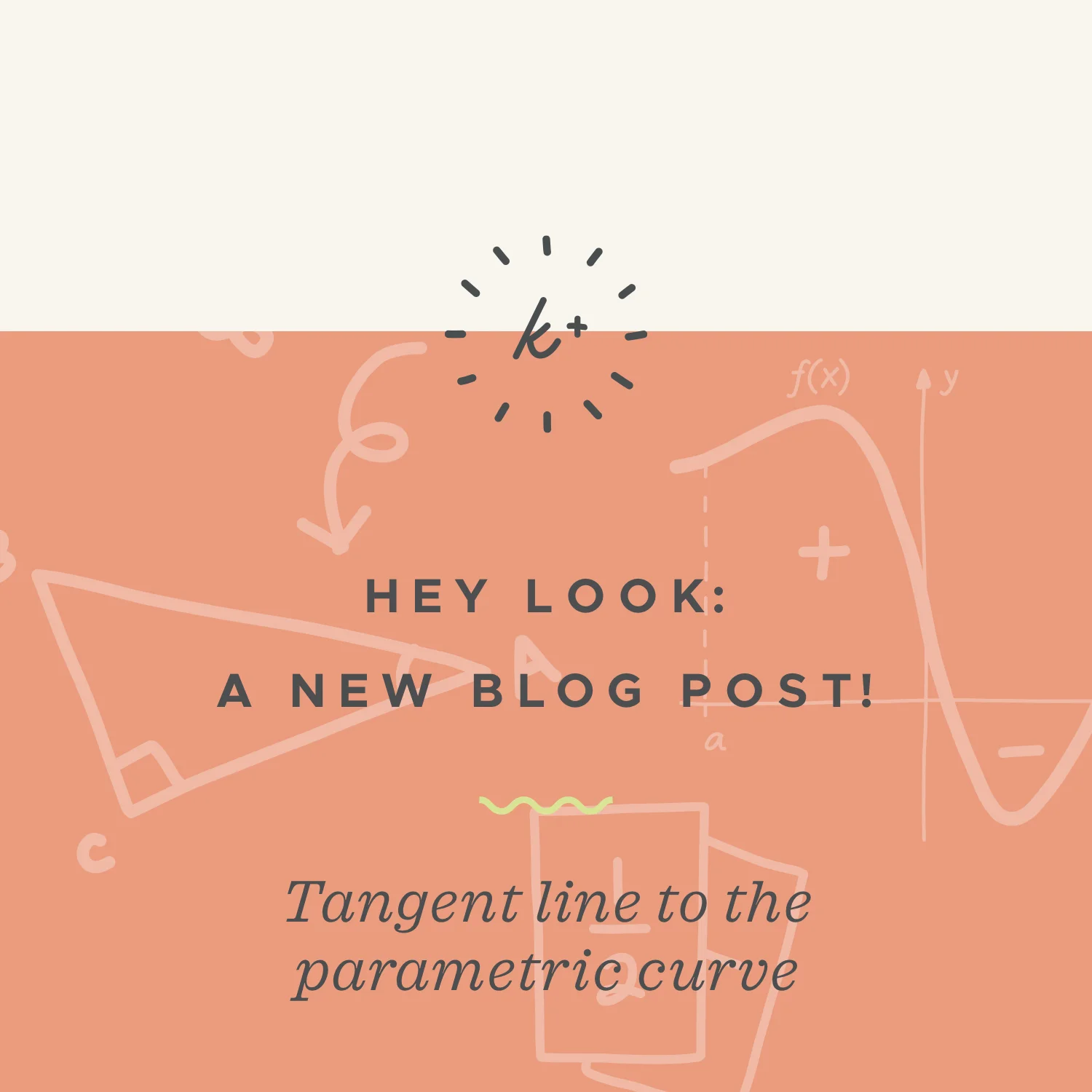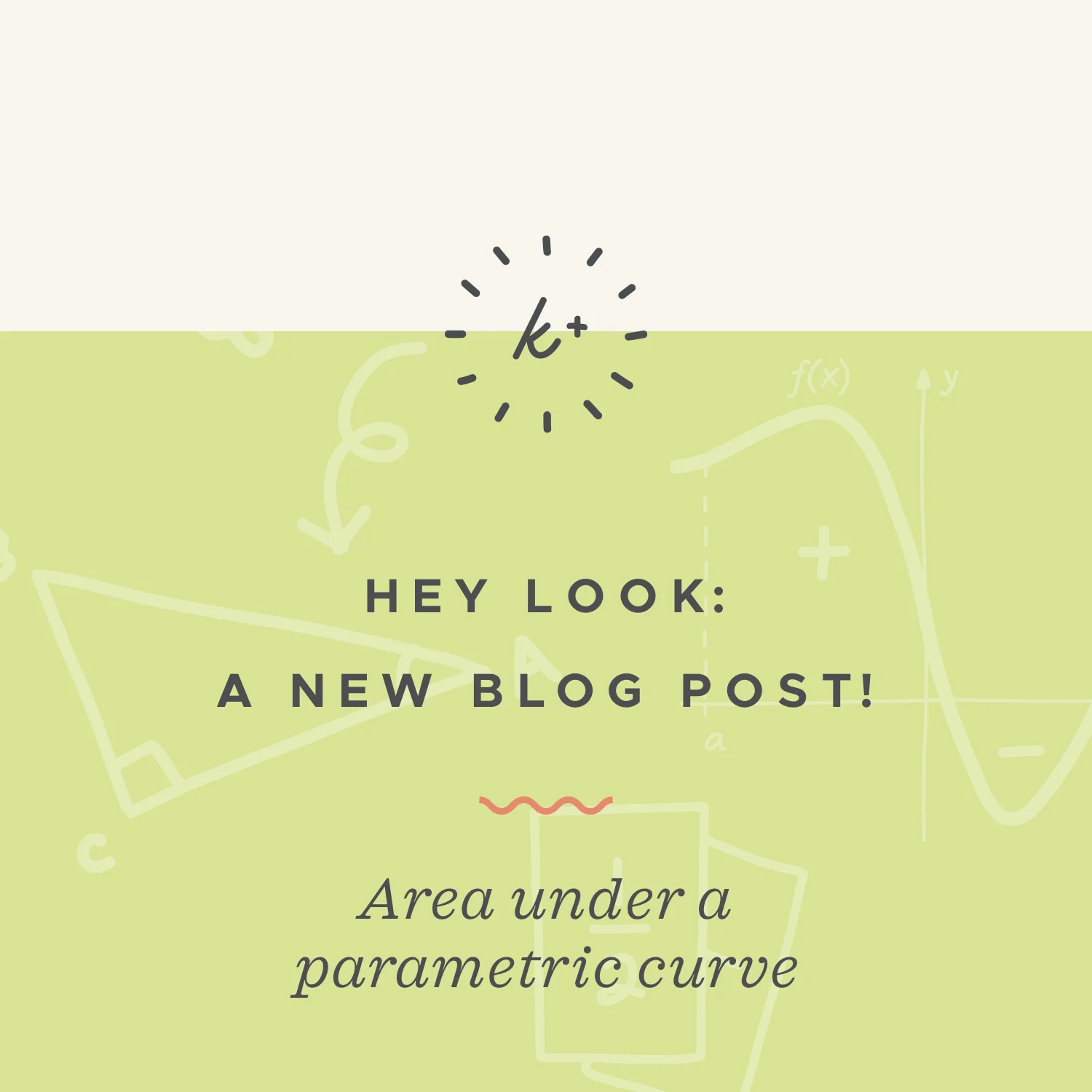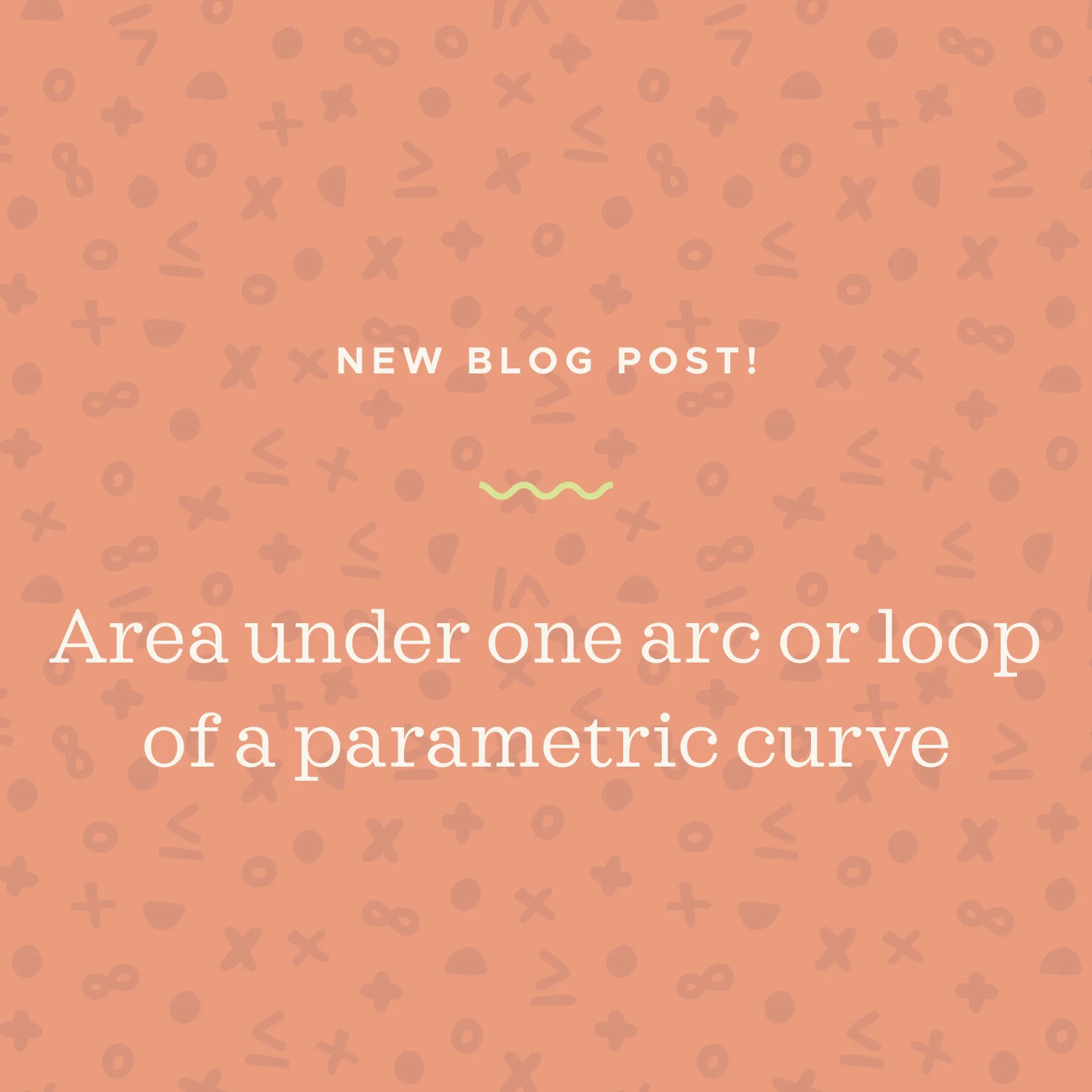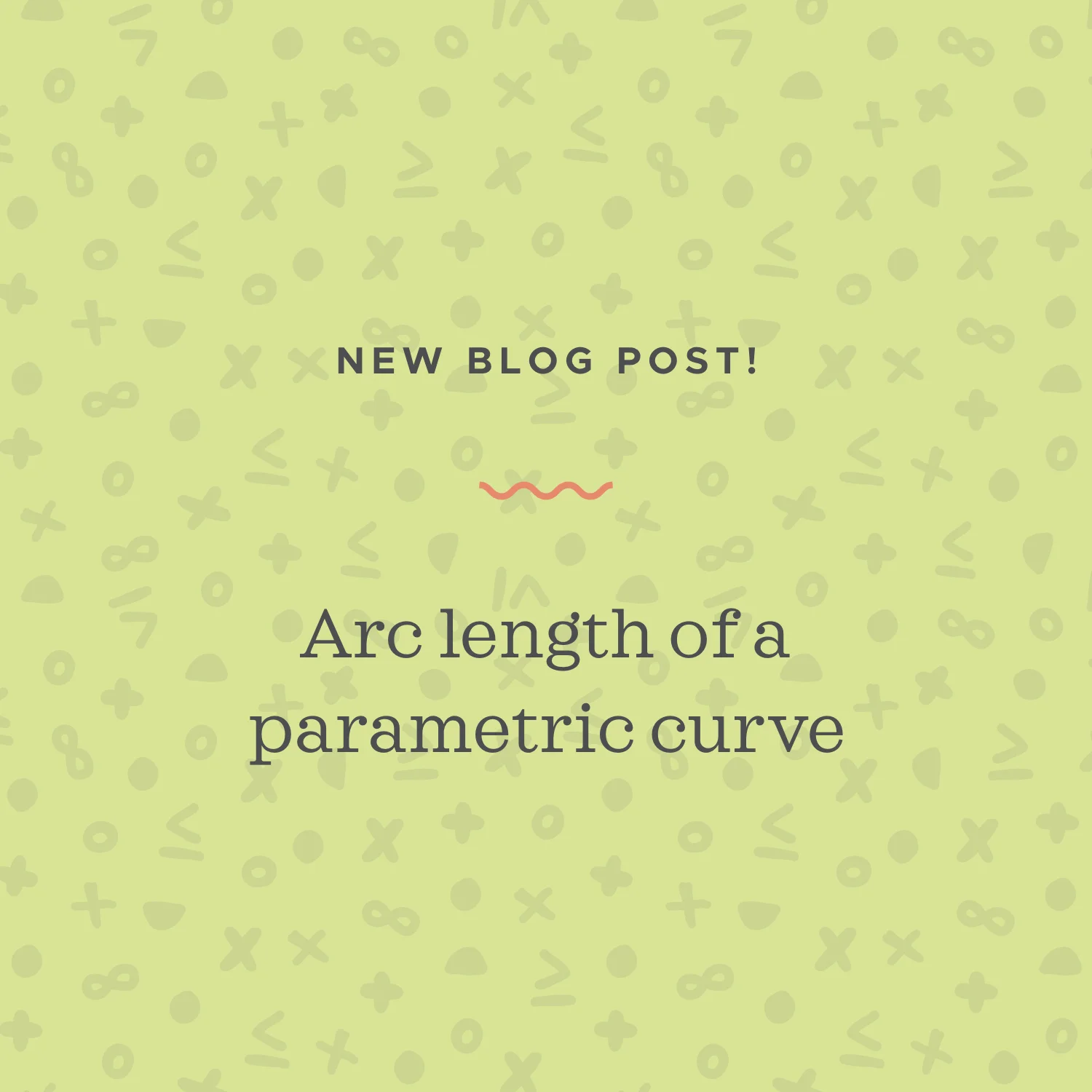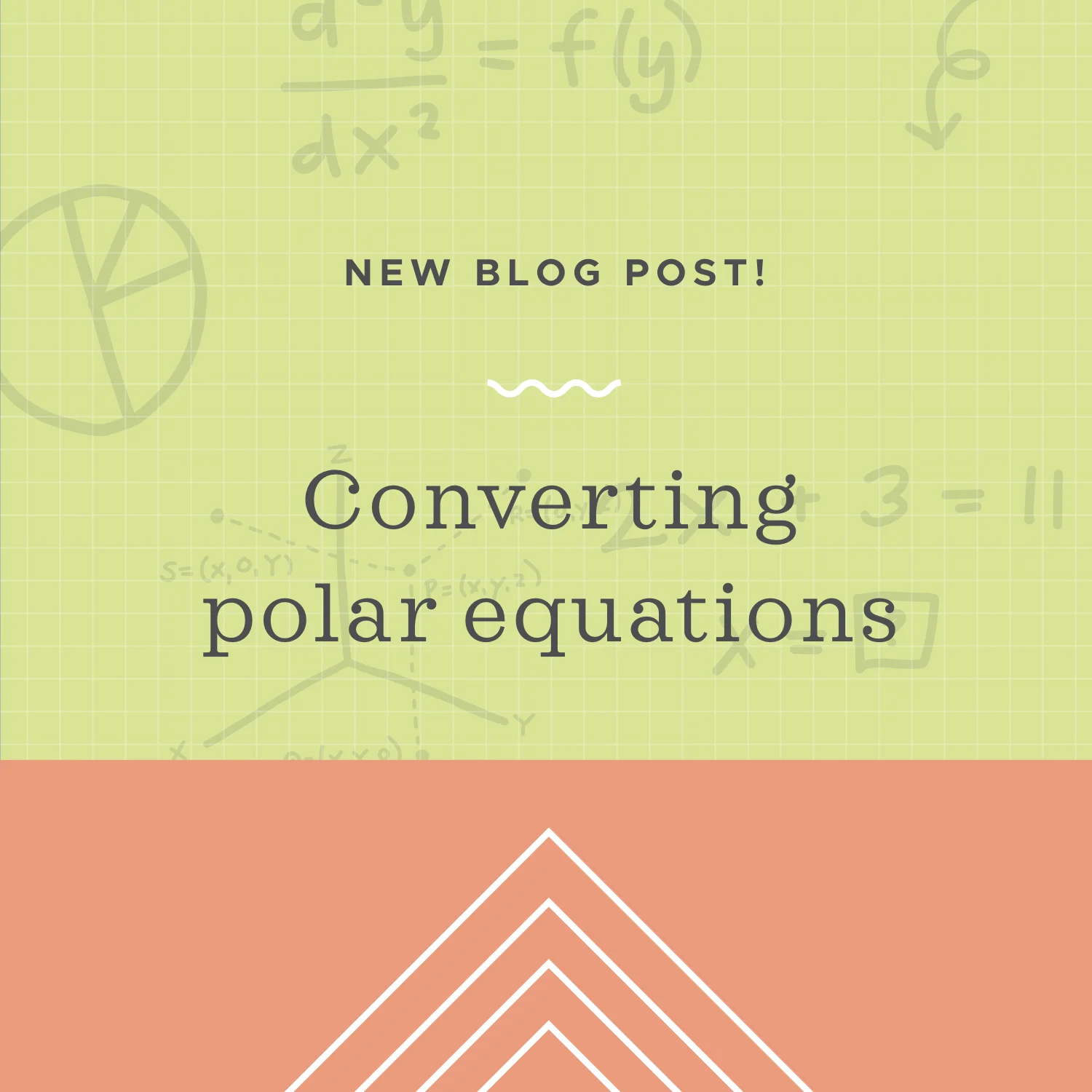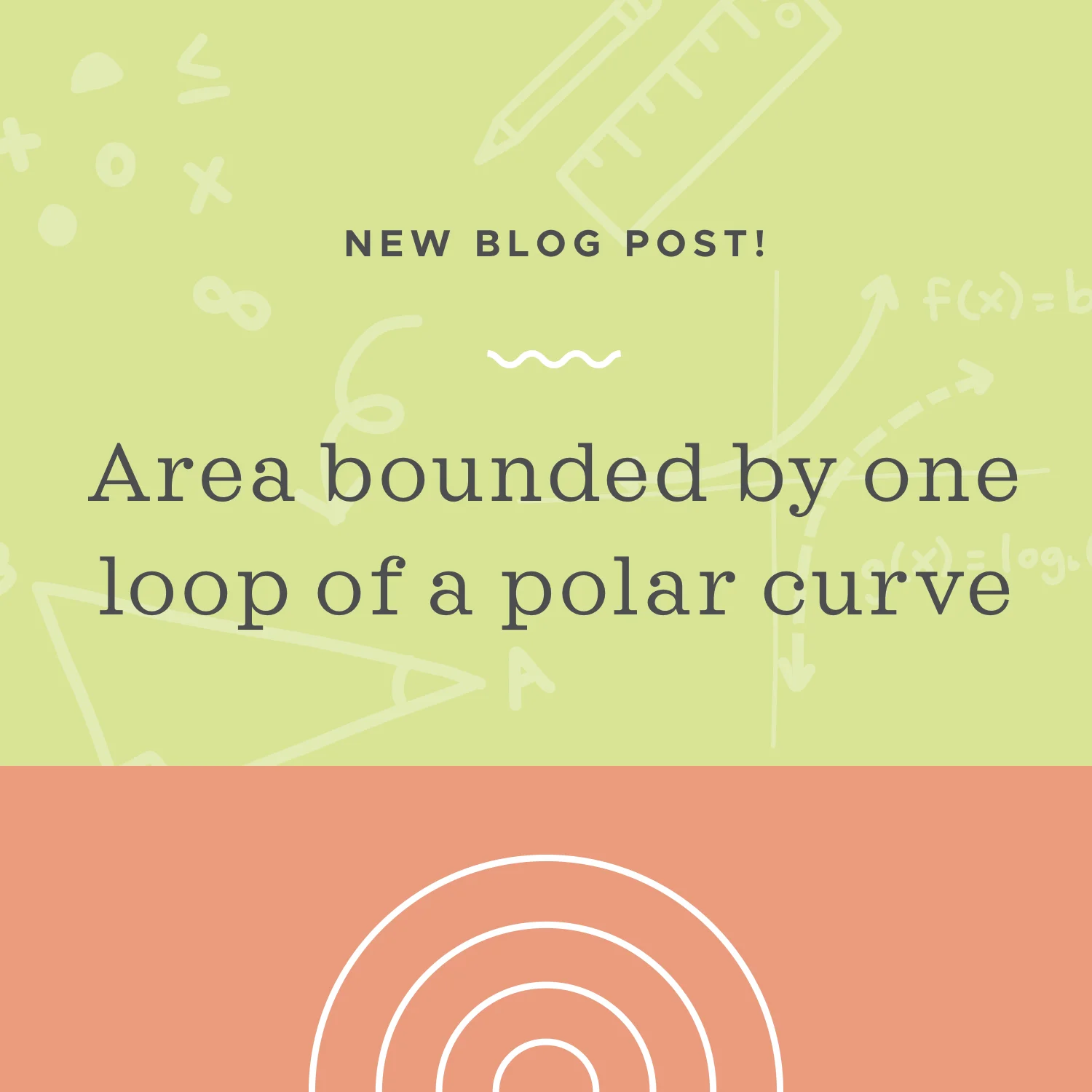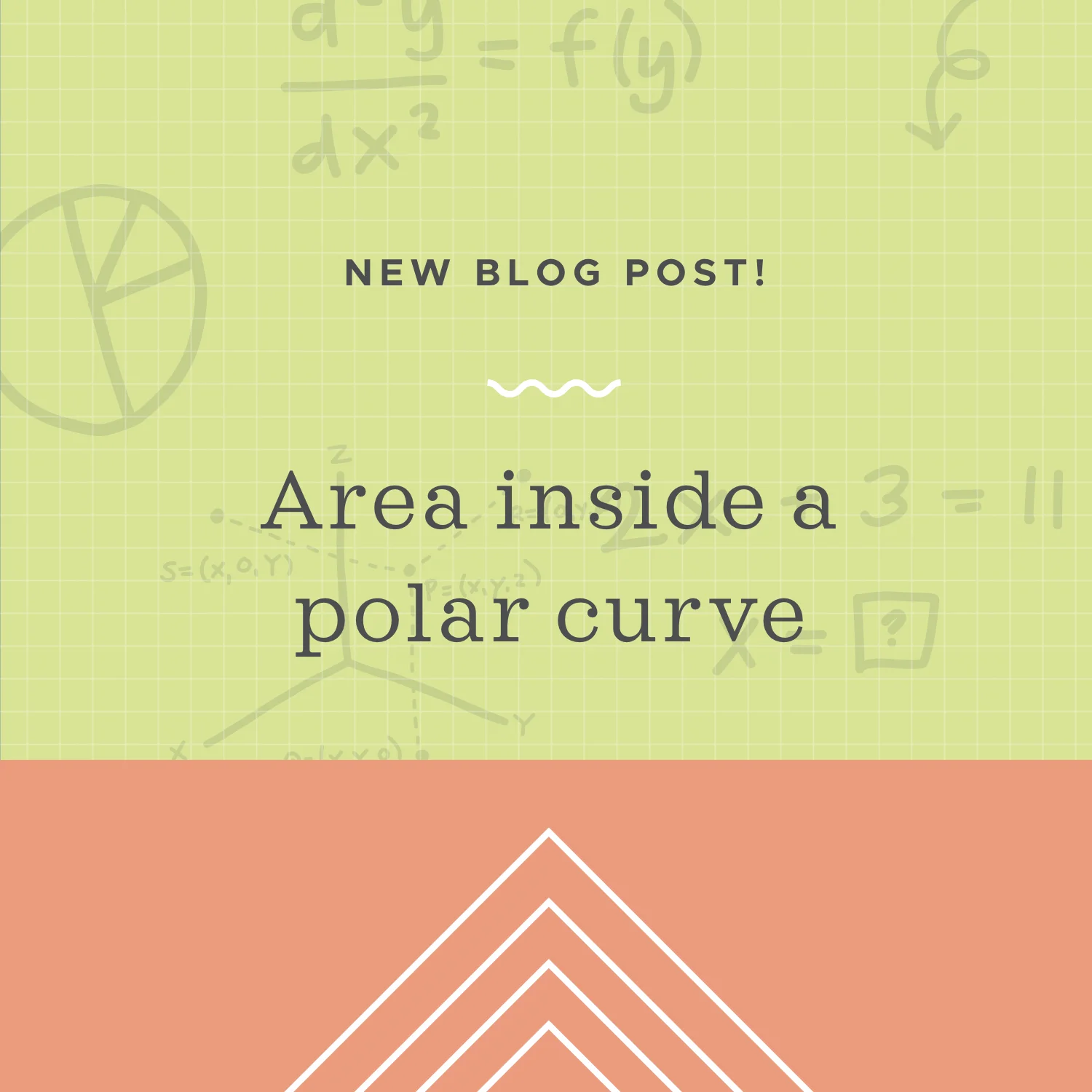We can use power series to estimate definite integrals in the same way we used them to estimate indefinite integrals. The only difference is that we’ll evaluate over the given interval once we find a power series that represents the original integral. To evaluate over the interval, we’ll expand the power series through its first few terms, and then evaluate each term separately over the interval.
Read MoreInverse hyperbolic functions follow standard rules for integration. Remember, an inverse hyperbolic function can be written two ways. For example, inverse hyperbolic sine can be written as arcsinh or as sinh^(-1). Some people argue that the arcsinh form should be used because sinh^(-1) can be misinterpreted as 1/sinh. Whichever form you prefer, you see both, so you should be able to recognize both and understand that they mean the same thing.
Read MoreThe center of mass of a region is the single point where the system is balanced. In other words, if you could take the region into physical space and set it on a pencil point, there’s one point in the region where it would balance on that point. Setting it on the pencil at any other point will make the system fall to one side or the another.
Read MoreRectilinear motion problems deal with an object that moves laterally, or horizontally. The object can be moving along the ground or at any other height, as long as it’s moving horizontally. We call this type of motion “rectilinear” motion. Problems like these require you to know the relationship between position x(t), velocity v(t), and acceleration a(t). The important thing to know is that the derivative of position is velocity, and the derivative of velocity is acceleration.
Read MoreThe centroid of a plane region is the center point of the region over the interval [a,b]. In order to calculate the coordinates of the centroid, we’ll need to calculate the area of the region first. Then we can use the area in order to find the x- and y-coordinates where the centroid is located.
Read MoreWhen we study present and future value in calculus, usually we’re trying to calculate the amount a sum of money will be worth in the future after it’s had time to grow and earn interest, or we’re trying to calculate how much money we had in the past given the sum of money in the account today. The present and future value formulas we use will vary depending on the rate at which interest is compounded, and whether we’re calculating the value of a single deposit, or a continuous income stream.
Read MoreGiven a parametric curve where our function is defined by two equations, one for x and one for y, and both of them in terms of a parameter t, x=f(t) and y=g(t), we calculate the derivative of that parametric curve using a specific formula for the parametric derivative.
Read MoreTo find the second derivative of a parametric curve, we need to find its first derivative dy/dx first, and then plug it into the formula for the second derivative of a parametric curve. The d/dt is the formula is notation that tells us to take the derivative of dy/dx with respect to t.
Read MoreTo sketch a parametric curve, we’ll 1) Create a table where we find x- and y-values based on specific parameter values of t, 2) Eliminate the parameter to find a cartesian equation in terms of just x and y, and then 3) Sketch the parametric curve.
Read MoreWe’ll use the same point-slope formula to define the equation of the tangent line to the parametric curve that we used to define the tangent line to a cartesian curve, which is y-y1=m(x-x1), where m is the slope and (x1,y1) is the point where the tangent line intersects the curve.
Read MoreGiven a parametric curve where our function is defined by two equations, one for x and one for y, and both of them in terms of a parameter t, x=f(t) and y=g(t), we’ll calculate the area under the parametric curve using a very specific formula. The answer we get will be a function that models area, not the area itself.
Read MoreSometimes we need to find the area under just one arc or loop of a parametric curve. In order to do it, we’ll use an area formula where we integrate the product of y(t) and x’(t) over the bounds that define the loop.
Read MoreThe arc length of a parametric curve over the interval a≤t≤b is given by the integral of the square root of the sum of the squared derivatives, over the interval [a,b]. So to find arc length of the parametric curve, we’ll start by finding the derivatives dx/dt and dy/dt.
Read MoreIn this post we’ll look at how to calculate the surface area of the figure created by revolving a parametric curve around a horizontal axis. We can revolve around the horizontal x-axis, or another horizontal axis. Either way, we’ll use an integral formula to calculate the surface area, so we’ll just need to pick a set of limits for the integral over which we want to find the surface area.
Read MoreIn the same way that we could find the volume of a three-dimensional object generated by rotating a two-dimensional area around an axis when we studied applications of integrals, we can find the volume of revolution generated by revolving the area enclosed by two parametric curves.
Read MoreTo convert polar equations to rectangular equations, we’ll use the conversion formulas x=rcos(theta), y=rsin(theta), and r^2=x^2+y^2. Our goal will be to replace all the r and theta variables with x and y variables.
Read MoreWhen we need to find the area bounded by a single loop of the polar curve, we’ll use the same formula we used to find area inside the polar curve in general. We’ll integrate over the interval that defines the loop.
Read MoreThe area inside a polar curve is given by a formula for A, where [alpha,beta] is the interval over which we’re integrating, and where r is the equation of the polar curve. Plugging everything into the formula will let us calculate the area bounded by the polar curve.
Read MoreWe can find the surface area of the object created when we rotate a polar curve around either the x-axis or the y-axis. We use a specific formula to find surface area, depending on which axis is the axis of rotation.
Read MoreRemember that a sequence is convergent if its limit exists as n approaches infinity. So it makes sense that once we know that a sequence is convergent, we should be able to evaluate the limit as n approaches infinity and get a real-number answer. The way that we simplify and evaluate the limit will depend on the kind of functions we have in our sequence (trigonometric, exponential, etc.), but we know that the limit as n goes to infinity exists.
Read More


